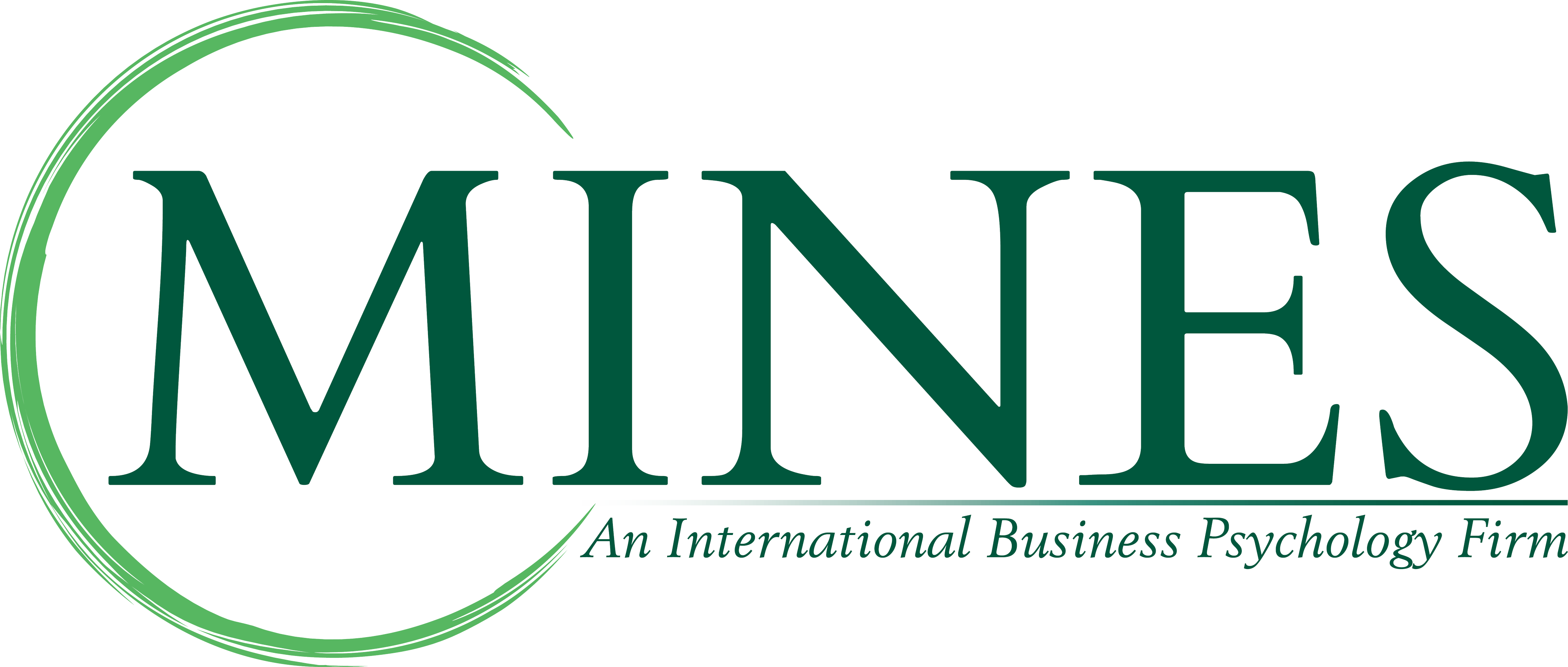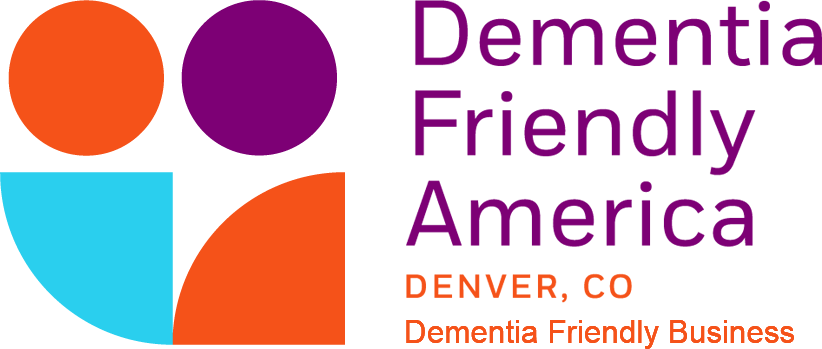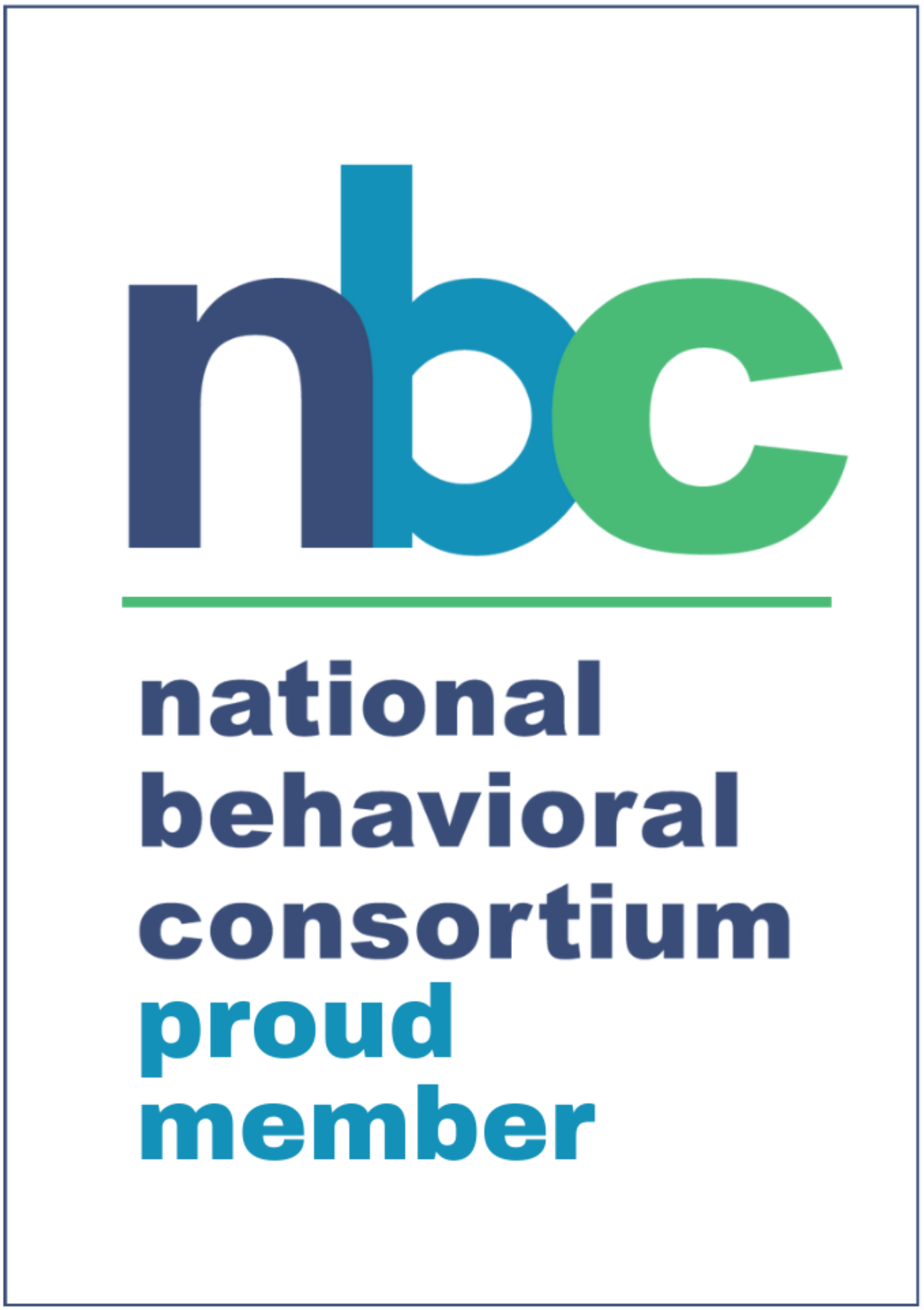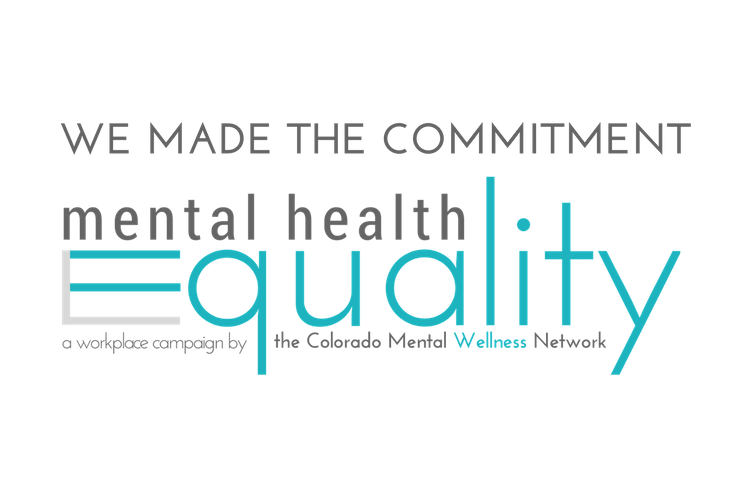In the 10th installment of Health inSite, we take a look at strategies of an up-and-coming way of engaging health through Gamification. Gamification has recently taken to the health world via a veritable windfall of funding coming through venture capital firms to try to create platforms that encourage and incent people to take on everyday health activities. While most of these have been fitness related applications and websites so far, a good number are starting to look at emotional resiliency, pro-social behavior, and more. If you’ve not yet read Jane McGonigal’s book, Reality is Broken, or seen her TED Talk, I highly suggest them. McGonigal suggests that there is value in creating unnecessary obstacles for people to achieve more and feel the power of their own success by creating fiero moments – moments of intense pride in one’s triumph over adversity. These obstacles enrich our lives and add value to our, oftentimes, mundane daily activities. As McGonigal mentions in her book, if the point of golf is to put the ball in the hole, why don’t we just pick up the ball and walk it over to drop it in the hole. Yet, we spend a lot of time playing the game and add obstacles to make it more challenging. It creates motivation to achieve for the sake of achievement, rather than the end goal. This is the point of a game and it has a big role to play in the future of health.
There are a number of groups starting to use the concepts of gamification to encourage health promoting activities. And, there is a lot of hoopla being created around using technology platforms to make gaming a part of employers’ health strategies, with 60% of employers planning to add gamified health strategies in 2013. However, most of these groups are only using small pieces of the total package that gamification, and other psychological research, includes; and sometimes, are even using pieces that are inappropriate, such as financial incentives and gimmicks, which directly undermine the value of the game itself. But maybe there are better opportunities to correctly use the concepts of gamification, as well as the many other pieces of psychological research that we’ve covered in Health inSite, to create a total population health strategy at work; the first wellbeing program that actually pushes employees to challenge themselves, and each other, to become more healthy, rather than less ill. In fact, MINES is doing just that.
It takes more than a website to do this – including focus on using the resources available to a company’s natural habitat, the worksite, to engage employees during the 40 hour work week, and more, by creating a story. As described in the burgeoning world of Alternate Reality Games and Transmedia Storytelling, the ability to tell a cooperative narrative – on and offline – among those with which you work is an opportunity to actively create health, the benchmark of Salutogenesis. When you have many platforms for engaging in this storytelling, you increase the modes of access to actively engage all employees where they are, rather than forcing them into a platform that they may not be comfortable with, or is not ideal for their way of engaging in their health generating behaviors. This is done by asking for participation in the developing story that is experienced, rather than simply viewed. Imagine, rather than passively hearing or reading what someone needs to do to fight diabetes, or other chronic health condition, or even simply drop a couple of pounds, each person can create opportunities for their fellow employees to actively and interactively challenge one another in the course of an unfolding story. This makes health promotion participatory and engaging.
We’re focused on creating the health generating plan of the future and want to share it with you. In the meantime, maybe you’re already starting to embark on this grand adventure in your own ways. What do you do at work that helps make people healthier?
To our health,
Ryan Lucas
Marketing







Leave A Comment